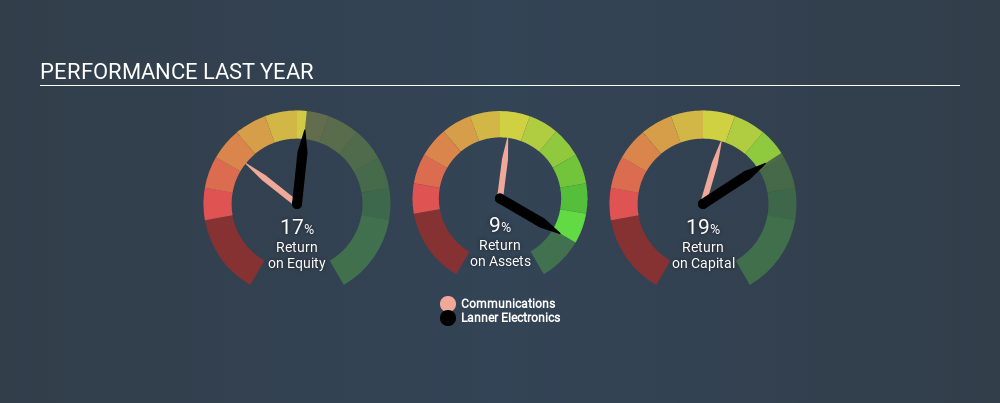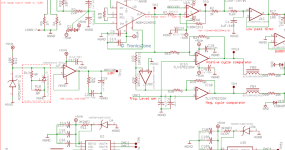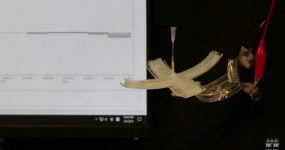Today we’ll look at Lanner Electronics Inc. (GTSM:6245) and reflect on its potential as an investment. Specifically, we’re going to calculate its Return On Capital Employed (ROCE), in the hopes of getting some insight into the business.
Firstly, we’ll go over how we calculate ROCE. Then we’ll compare its ROCE to similar companies. Last but not least, we’ll look at what impact its current liabilities have on its ROCE.
Return On Capital Employed (ROCE): What is it?
ROCE measures the ‘return’ (pre-tax profit) a company generates from capital employed in its business. All else being equal, a better business will have a higher ROCE. Overall, it is a valuable metric that has its flaws. Author Edwin Whiting says to be careful when comparing the ROCE of different businesses, since ‘No two businesses are exactly alike.
How Do You Calculate Return On Capital Employed?
The formula for calculating the return on capital employed is:
Return on Capital Employed = Earnings Before Interest and Tax (EBIT) ÷ (Total Assets – Current Liabilities)
Or for Lanner Electronics:
0.19 = NT$677m ÷ (NT$5.7b – NT$2.1b) (Based on the trailing twelve months to September 2019.)
Therefore, Lanner Electronics has an ROCE of 19%.
View our latest analysis for Lanner Electronics
Does Lanner Electronics Have A Good ROCE?
When making comparisons between similar businesses, investors may find ROCE useful. In our analysis, Lanner Electronics’s ROCE is meaningfully higher than the 5.7% average in the Communications industry. We would consider this a positive, as it suggests it is using capital more effectively than other similar companies. Setting aside the comparison to its industry for a moment, Lanner Electronics’s ROCE in absolute terms currently looks quite high.
In our analysis, Lanner Electronics’s ROCE appears to be 19%, compared to 3 years ago, when its ROCE was 14%. This makes us think about whether the company has been reinvesting shrewdly. You can see in the image below how Lanner Electronics’s ROCE compares to its industry. Click to see more on past growth.

When considering this metric, keep in mind that it is backwards looking, and not necessarily predictive. ROCE can be misleading for companies in cyclical industries, with returns looking impressive during the boom times, but very weak during the busts. ROCE is, after all, simply a snap shot of a single year. You can check if Lanner Electronics has cyclical profits by looking at this free graph of past earnings, revenue and cash flow.
What Are Current Liabilities, And How Do They Affect Lanner Electronics’s ROCE?
Current liabilities include invoices, such as supplier payments, short-term debt, or a tax bill, that need to be paid within 12 months. Due to the way ROCE is calculated, a high level of current liabilities makes a company look as though it has less capital employed, and thus can (sometimes unfairly) boost the ROCE. To counteract this, we check if a company has high current liabilities, relative to its total assets.
Lanner Electronics has total assets of NT$5.7b and current liabilities of NT$2.1b. Therefore its current liabilities are equivalent to approximately 37% of its total assets. Lanner Electronics has a medium level of current liabilities, boosting its ROCE somewhat.
Our Take On Lanner Electronics’s ROCE
Even so, it has a great ROCE, and could be an attractive prospect for further research. There might be better investments than Lanner Electronics out there, but you will have to work hard to find them . These promising businesses with rapidly growing earnings might be right up your alley.
I will like Lanner Electronics better if I see some big insider buys. While we wait, check out this free list of growing companies with considerable, recent, insider buying.
[“source=simplywall”]

























